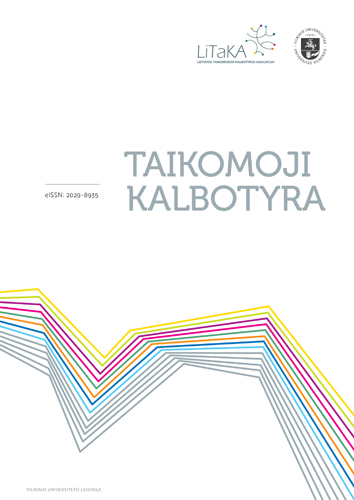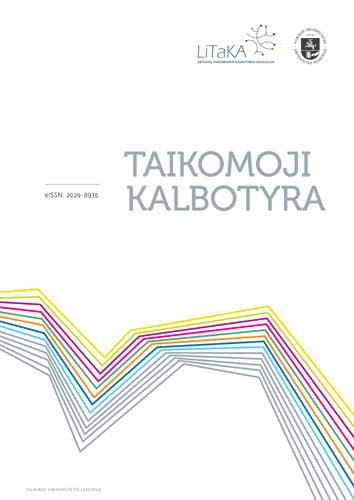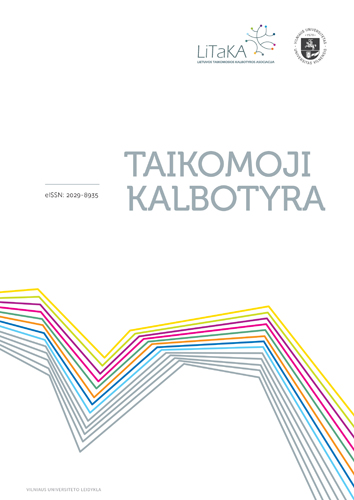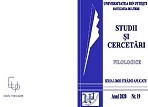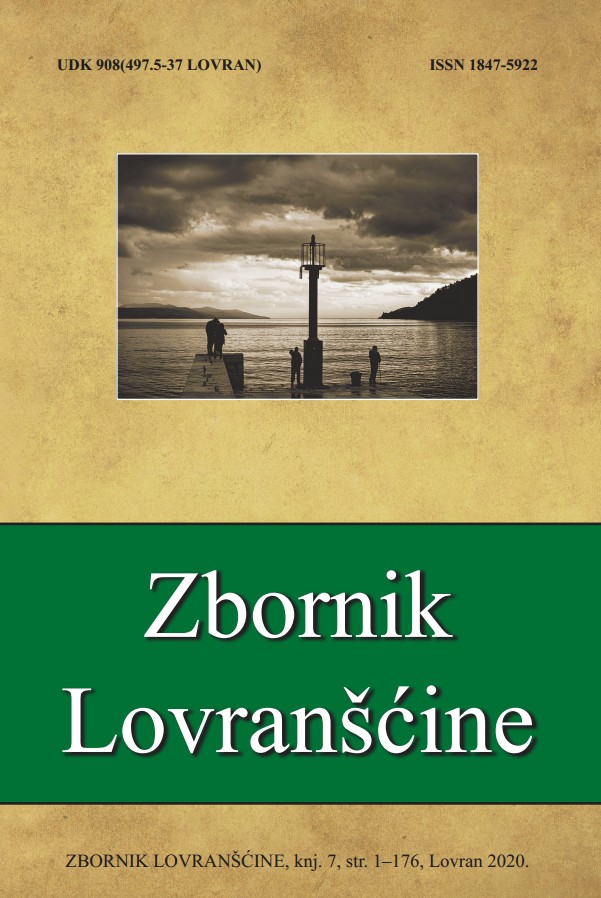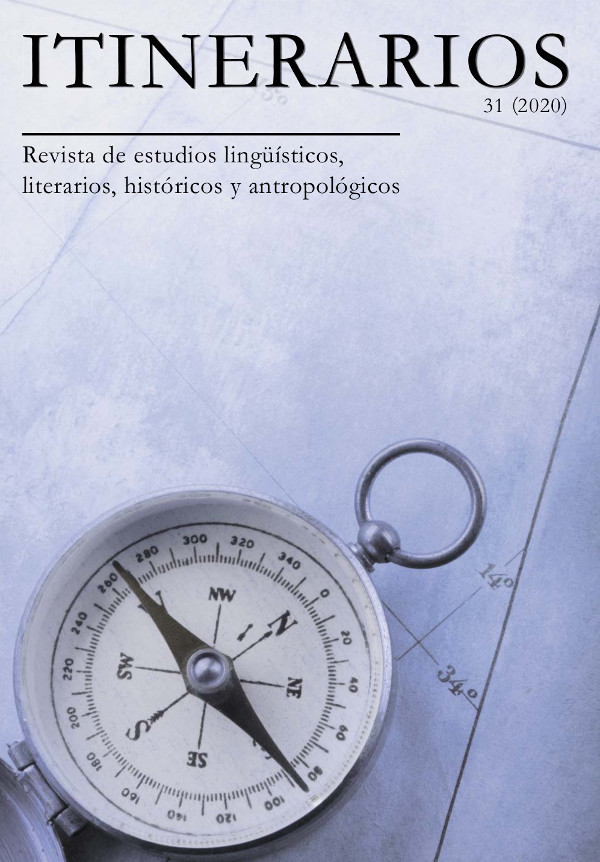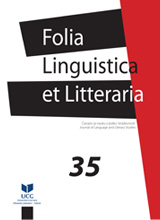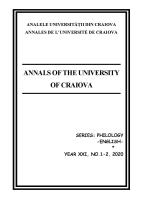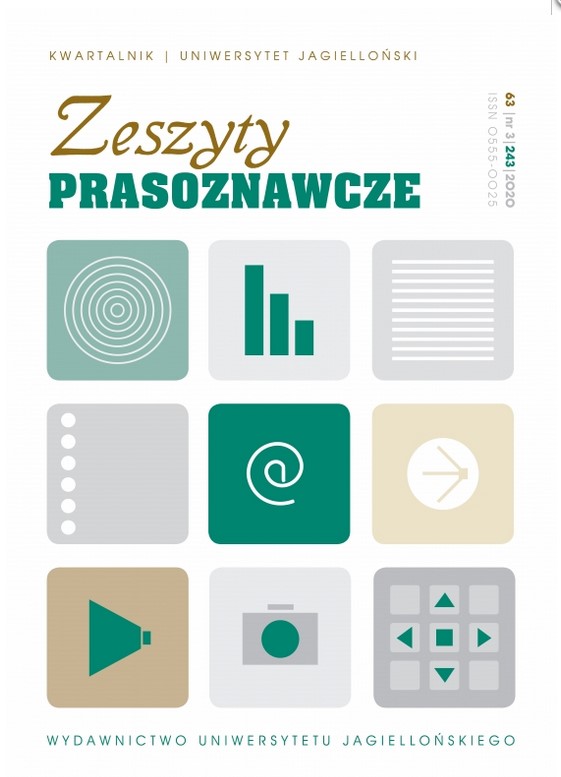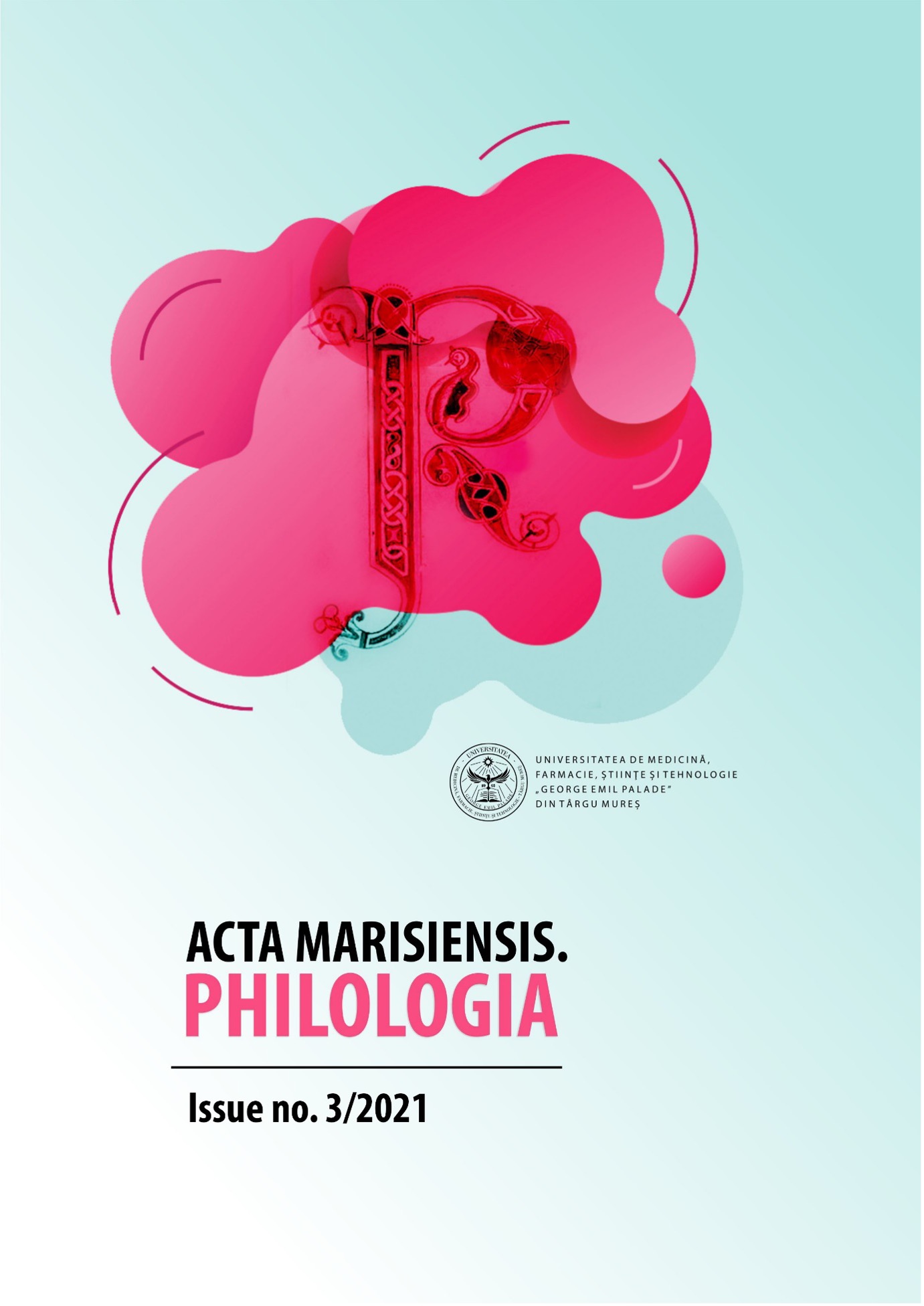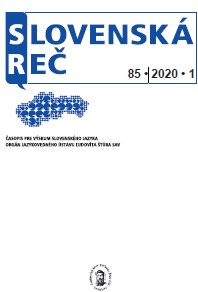MEDICINOS PREKIŲ REKLAMINIŲ LEIDINIŲ KALBA
Increasingly audacious steps in advertising are made to affect the customer and to encourage them to buy the advertised goods. Advertising is highly important in gaining a foothold in the business environment. Usually, the advertising texts fail to meet the norms of the standard Lithuanian language. The aim of this article is to compare the language of the advertising booklets of two pharmacies. The linguistic analysis of the advertising booklets of Camelia and Euro Pharmacy for March 2014 showed that in terms of language errors the booklets of the two pharmacies were similar, and the character of the errors was identical in both cases. The advertising booklets of both pharmacies contained lexical, syntactic, morphological, and logical errors. The advertising booklet of the Camelia pharmacy presents 121 items, which advertising descriptions contain 55.3% of language errors. The advertising booklet of the Euro Pharmacy presents advertising descriptions of 103 items, where language errors comprise 57.2%. The majority of the errors detected in the advertising booklets of the two pharmacies are lexical (Camelia – 33.8%, and Euro Pharmacy – 37.3%) or syntactic (Camelia – 27.9%, and Euro Pharmacy – 37.3%). Both publications contain nearly equal numbers of lexical errors (Camelia – 17.6%, and Euro Pharmacy – 18.7%). The greatest difference was observed in the number of morphological errors (Camelia – 20.7%, and Euro Pharmacy – 5.7%). In addition to that, the name of the Camelia pharmacy is in conflict with the norms of both Lithuanian and Latin languages.
More...
